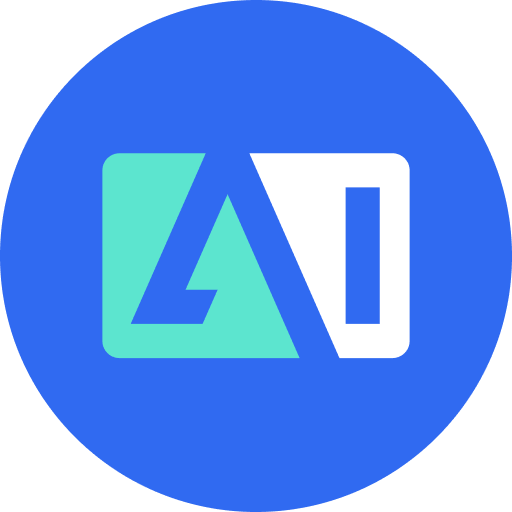Open-source AI agent framework provider LangChain announced on Monday that it has completed a $125 million funding round, bringing its valuation to $1.25 billion and officially entering the unicorn club. TechCrunch had reported in July that the company, which provides a popular open-source framework for building AI agents, was raising new funds at a valuation of at least $1 billion.
This round was led by IVP, with new investors CapitalG and Sapphire Ventures participating, while existing investors Sequoia, Benchmark, and Amplify continued to invest.
LangChain originated in 2022 as an open-source project founded by machine learning engineer Harrison Chase. The company became an early star in the AI era, solving many challenges in building applications using early large language models, such as web search, API calls, and database interactions. The project quickly gained popularity, and Chase secured a $10 million seed round led by Benchmark in April 2023 to launch the company. A week later, Chase closed a $25 million Series A round led by Sequoia, with the company's valuation reportedly at $200 million at the time.
As top model providers continue to improve their infrastructure, LangChain has evolved into a platform for building agents. In announcing its unicorn status, the company also released updates to all its major products, including the agent-building tool LangChain, the orchestration and context/memory tool LangGraph, and the testing/observability tool LangSmith.
LangChain remains highly popular within the open-source developer community, with 118,000 stars and 19,400 forks on GitHub.
From a development trajectory perspective, LangChain's rapid growth reflects the investment enthusiasm in the AI infrastructure sector. From its seed round in April 2023 to this round, the company's valuation grew from $200 million to $1.25 billion in less than two and a half years, more than doubling six times. Such valuation growth is rare in the current market environment, reflecting investors' confidence in AI agent infrastructure.
The core value of LangChain lies in lowering the barrier to AI application development. Although early large language models were powerful, they had many limitations in interacting with external systems. By providing standardized interfaces and toolchains, LangChain enables developers to connect LLMs with search engines, databases, APIs, and other external resources, filling a critical technical gap at the time.
With OpenAI, Anthropic, and other model providers gradually introducing native function calling and web search features, one issue LangChain faces is whether the problems it solved in the early stage still have relevance. The company's response is to transition toward an agent platform, as seen in its product evolution — LangGraph focuses on agent orchestration and state management, while LangSmith provides testing and observability support, both of which are essential requirements for building complex agent applications.
From a technical positioning perspective, LangChain aims to become the "operating system" or "middle layer" for AI agent development. While model providers offer basic capabilities, additional infrastructure is still needed for complex multi-step tasks, state management, error handling, and performance monitoring. LangChain's product matrix targets these needs.
The data of 118,000 stars on GitHub illustrates LangChain's influence within the developer community. Its open-source strategy has built a strong brand awareness and user base, which is a crucial asset for its commercialization. However, achieving sustainable commercialization from an open-source project has always been a challenge. LangChain's business model may include enterprise versions, managed services, and technical support, but specific revenue figures and profitability have not been publicly disclosed.
From a competitive landscape perspective, LangChain faces multiple challenges. On one hand, model providers may continue to expand their native functionalities, reducing the space for middle-layer tools. On the other hand, there are other agent frameworks like AutoGPT and CrewAI in the open-source domain competing for developer attention. Whether LangChain can maintain technological leadership and ecological stickiness will be key to its long-term development.
The investor lineup for this funding round is impressive, with IVP, CapitalG (a venture capital firm under Google), Sapphire Ventures, and existing investors Sequoia and Benchmark. These top-tier VCs continuing to invest indicate market confidence in LangChain's future prospects. In particular, CapitalG's participation may suggest potential synergies with the Google ecosystem.
From an industry trend perspective, agents are seen as the next important direction for AI applications. If AI systems can plan autonomously, execute multi-step tasks, and interact with their environment, they could significantly expand application scenarios. As an infrastructure provider for agent development, LangChain is theoretically in a favorable position. However, agent technology itself is rapidly evolving, and it remains uncertain whether the current architecture and toolchain represent the final form, which brings technological uncertainty for LangChain.
Notably, although LangChain has achieved a unicorn valuation, the risk of valuation bubbles in the AI infrastructure sector still exists. High valuations disconnected from revenue and profitability may face adjustments when the AI boom subsides. LangChain needs to prove that it can convert its developer influence into sustainable commercial revenue to support its current valuation level.
In summary, LangChain's successful fundraising reflects the ongoing enthusiasm for AI infrastructure investment and the market's optimism about the future of agent technology. As a startup that began as an open-source project, LangChain has built a strong brand and ecosystem within the developer community, which is its core competitiveness. However, how to remain relevant in a rapidly changing technological environment and how to transition from an open-source project to a profitable enterprise remain key challenges for the company.
